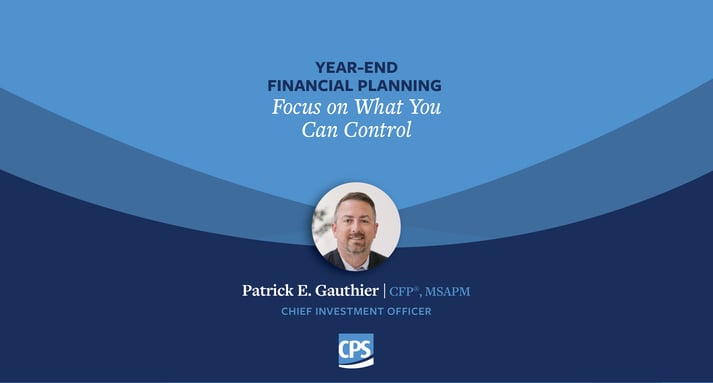Preparing Your Financial Plan in a Volatile Market
Our friends Jack and Tom retired just before a turbulent time in the market. Inflation was running high, causing interest rates to follow suit. Stocks were down in value, along with bonds, and there seemed no safe place to invest their assets. Jack and Tom took different paths, and as you can imagine, ended in very different places.
Respected in his industry, Tom had a successful career and he retired with a large sum and even more confidence. Investing would be no different. A little research, watching the markets on a regular basis, he would figure it out. There was no doubt in Tom’s ability to meet his needs and live his lifestyle. He was also certain he could select winning investments better than the average person.
Jack was also successful but had a good understanding of where his skills lied. Investing was not one of them. He chose to work with a fiduciary and craft a plan for managing his assets. They discussed his spending needs, how to cover expenses, and the importance of an emergency fund. His remaining assets were invested to grow over the long term. There was an emphasis placed on noting the differences between wants and needs. After committing to future reviews of this plan, Jack had the confidence he could live the lifestyle he wanted in retirement.
Jack and Tom entered their golden years, but reality (and importance of a plan) settled in as the market became bearish and their portfolios followed suit. Within just two years, the values of their portfolios had dropped by nearly 40%.
How did they fare in such a market? I am sure you can guess. Tom found himself scrambling to sell his investments and find something that could replace his lost value. He made even riskier bets in poor attempts to “get back to even”. Tom’s lifestyle had no choice but to change; he simply couldn’t support it anymore.
Jack, on the other hand, reviewed his plan. He sat down with his advisor, understood what he owned and the nature of the market, and chose to stay the course. He decided to adjust some of the “wants” in his lifestyle but made that choice willingly. Did he need the new car whose price was now 50% more than the year before? Turns out his current vehicle was just fine. A sound plan and process go a long way in navigating market turmoil.
If this all sounds too good to be true, it is not. The two years referenced above represent the early 1970s. Inflation was high and interest rates higher. The market dropped dramatically. This may sound familiar if you’ve been contemplating retiring lately. We ran the numbers, and even if you owned a portfolio of all stocks, a proper plan would have seen you through. That plan needs to include a realistic look at your needs vs. wants. You will also have to understand the appropriate withdrawal rate from your portfolio. Luckily, you don’t have to do this alone. Talk with your advisor, craft a plan, and commit. The market is only one aspect of a strong retirement plan.







